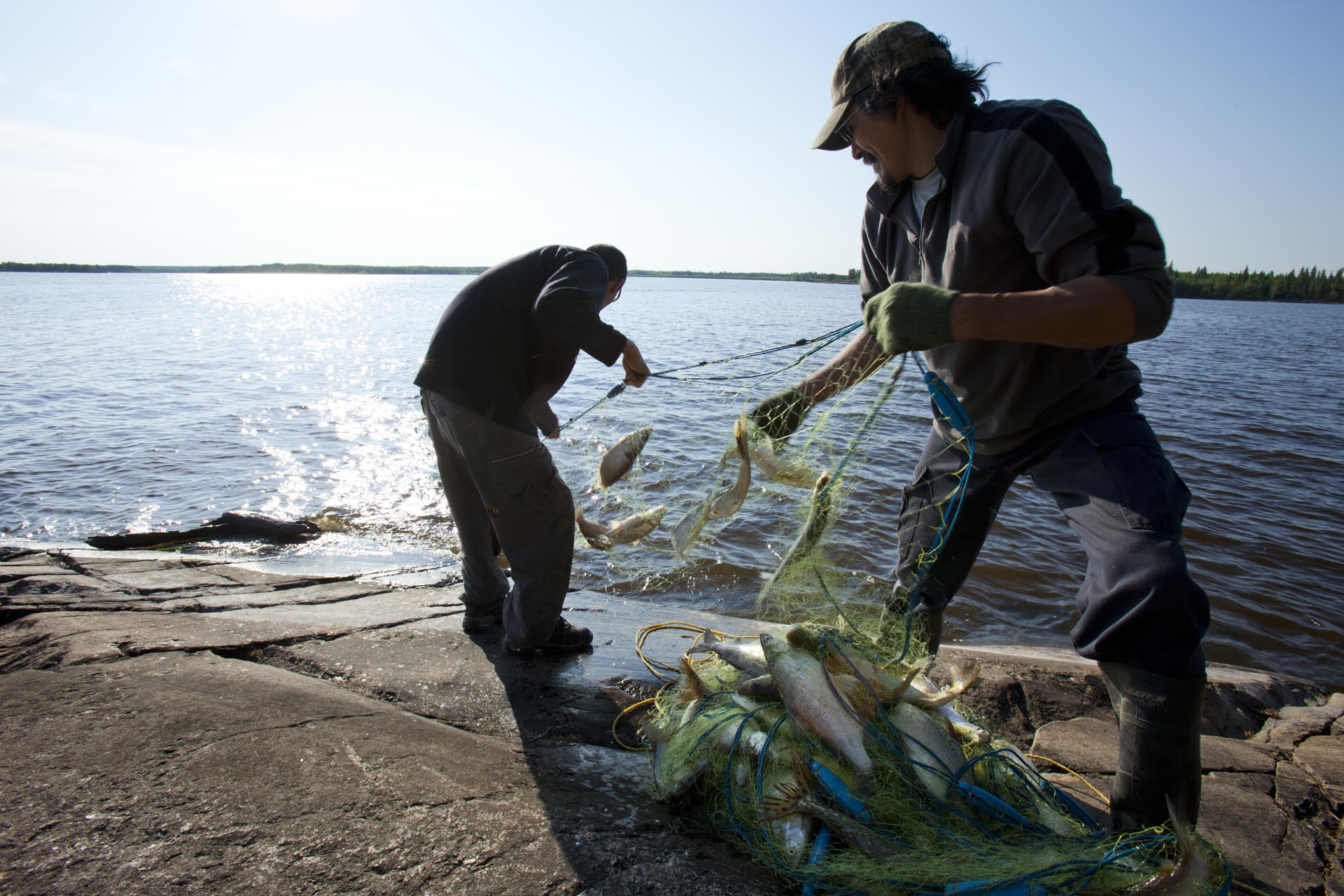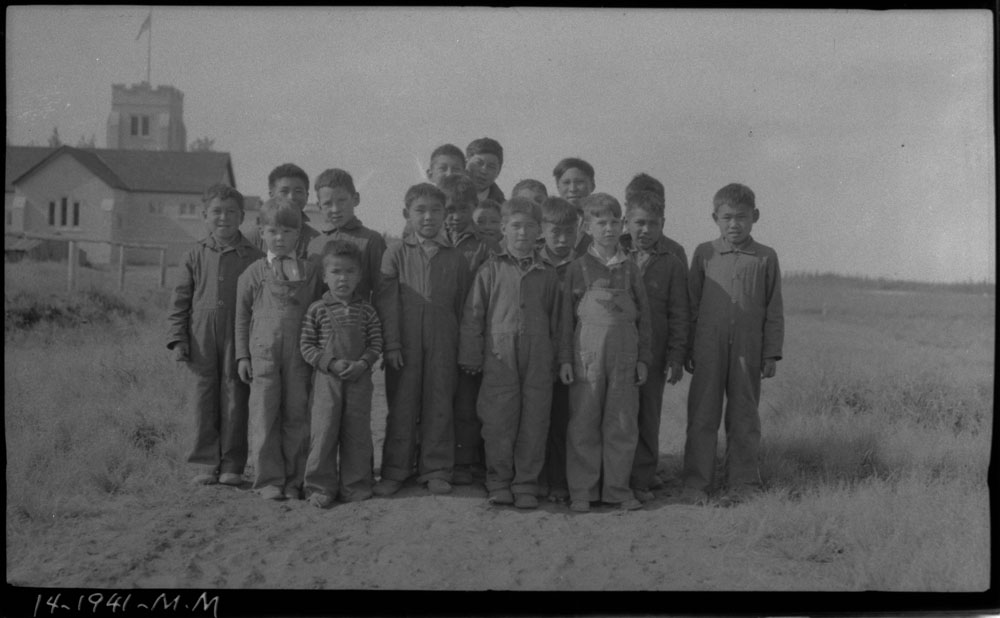Article
Reserves in Canada (Plain-Language Summary)
A reserve is land set aside by the Canadian government for use by First Nations. Reserves are managed under the Indian Act. Reserves are places where First Nations often live. However, some reserves are only for practices like hunting. Not all First Nations have reserve lands. There are reserves in every province in Canada, but most are in rural or remote areas. Few reserves have been established in the territories. (This is a plain-language summary of Reserves in Canada. If you are interested in reading about this topic in more depth, please see our full-length entry, Reserves in Canada.)















